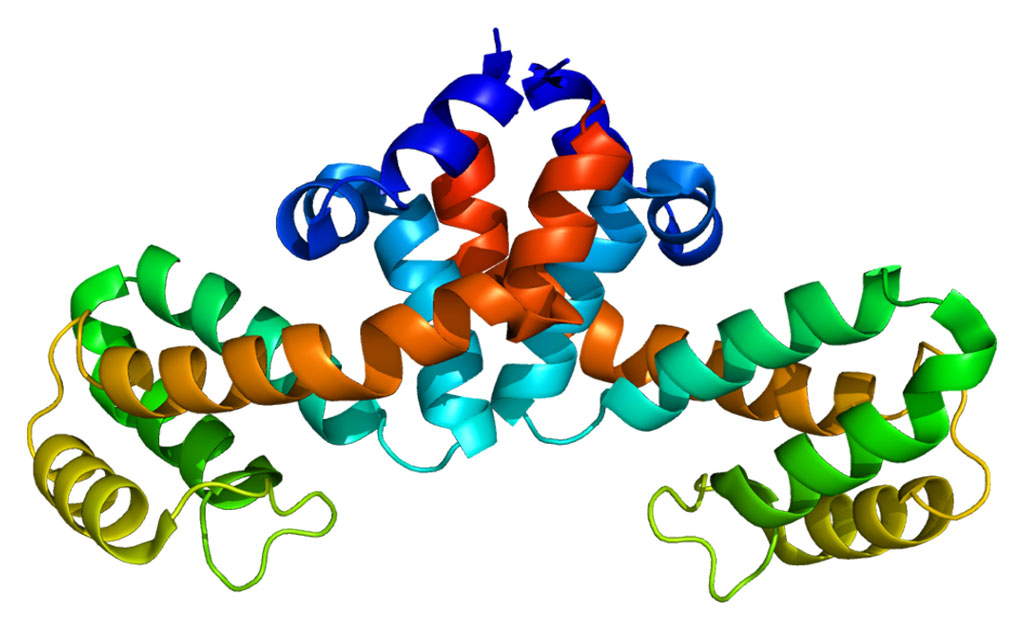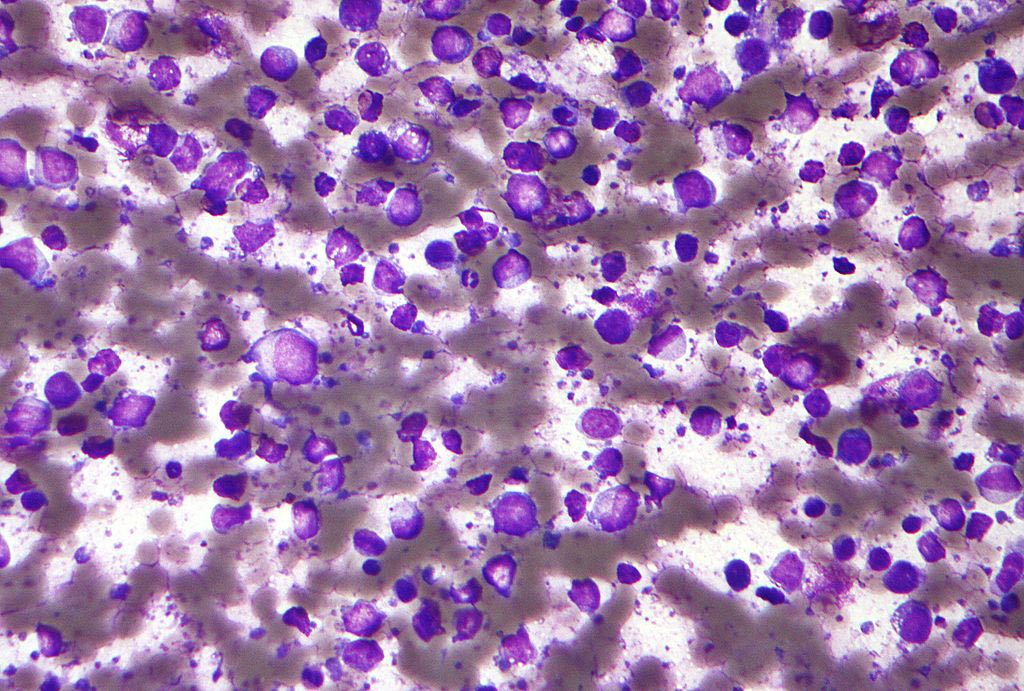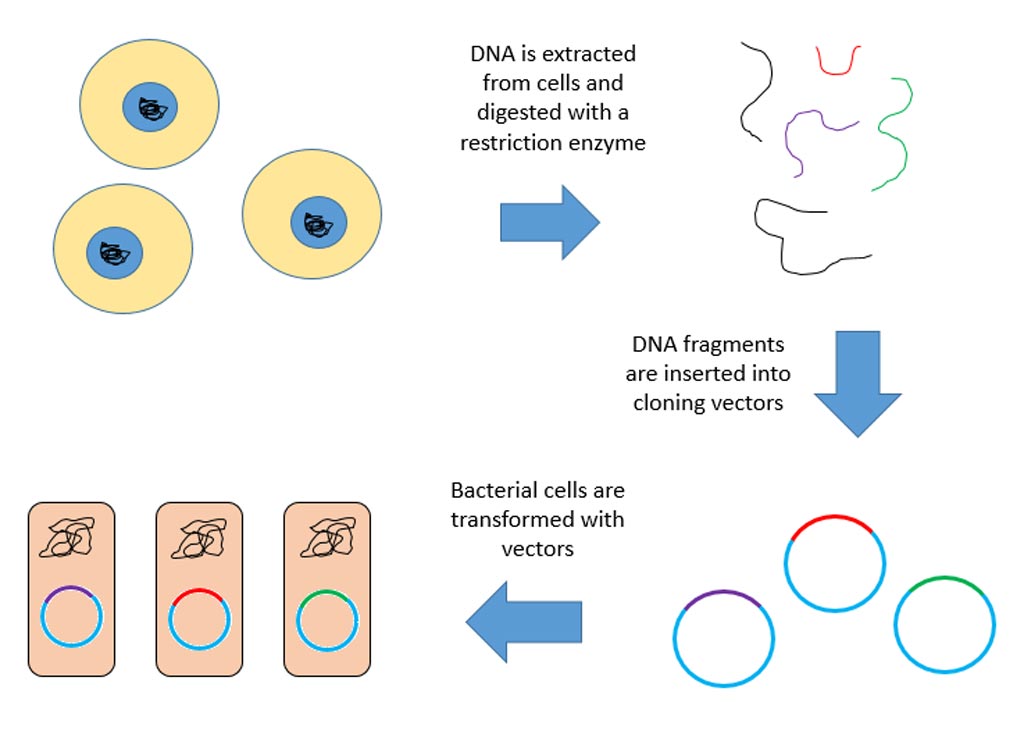Incubation Period for Mad Cow Disease May Be 60 Years
By Biotechdaily staff writers
Posted on 07 Jul 2006
New findings show that the incubation period for variant Creutzfeldt-Jakob (vCJD) disease in humans, the human form of mad cow disease, may be much longer than supposed, perhaps as long as 60 years or more.Posted on 07 Jul 2006
Researchers from the University College of London (UCL, UK) identified a prion disease called kuru among the people of New Guinea that occurred mainly in women and children who took part in funeral feasts that included the brains of relatives. Boys older than eight customarily did not take part in these feasts.
The researchers took histories of residence and participation in funereal feasts and combined the information with data from serial neurologic examinations, when available. In all, they identified 11 patients, seven man and four women, with kuru. All of them were born before the practice of including brains in the funeral feasts was stopped in the 1950s. The researchers used experimental, epidemiologic, and human behavioral evidence to conclude that the practice had definitely stopped by 1960.
"Therefore, we could define the minimum incubation period as the time between 1960 and the date of onset of kuru,” wrote the researchers.
The seven patients were born between 1933 and 1949, and ranged from 46 to 62 years old at the time of disease onset. Based on all their data, the researchers determined that the minimum estimated incubation period ranged from 34-41 years. The incubation period in men who only took part in the funeral feasts when very young may have been 39-56 years or even 63 years, according to the investigators.
Eight of the 10 patients for whom genetic data were available were heterozygous for a polymorphism associated with extended incubation periods and resistance to prion diseases.
These findings suggest that an epidemic of variant CJD could show up many years from now, parallel with the aging of people who consumed beef from cows with bovine spongiform encephalopathy (BSE) back in the 1990s. The results were published in the June 24 issue of The Lancet.
Related Links:
University College, London













